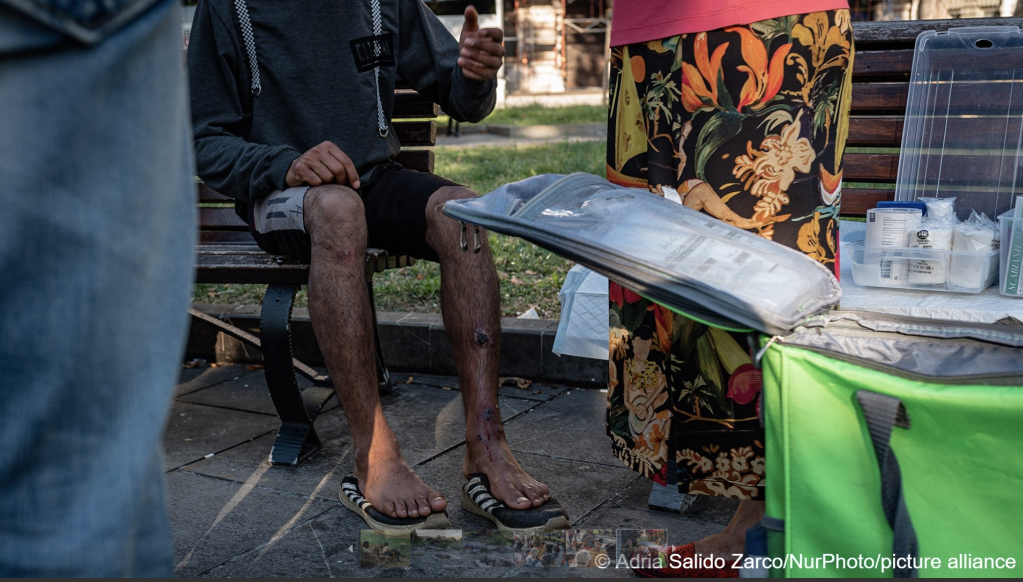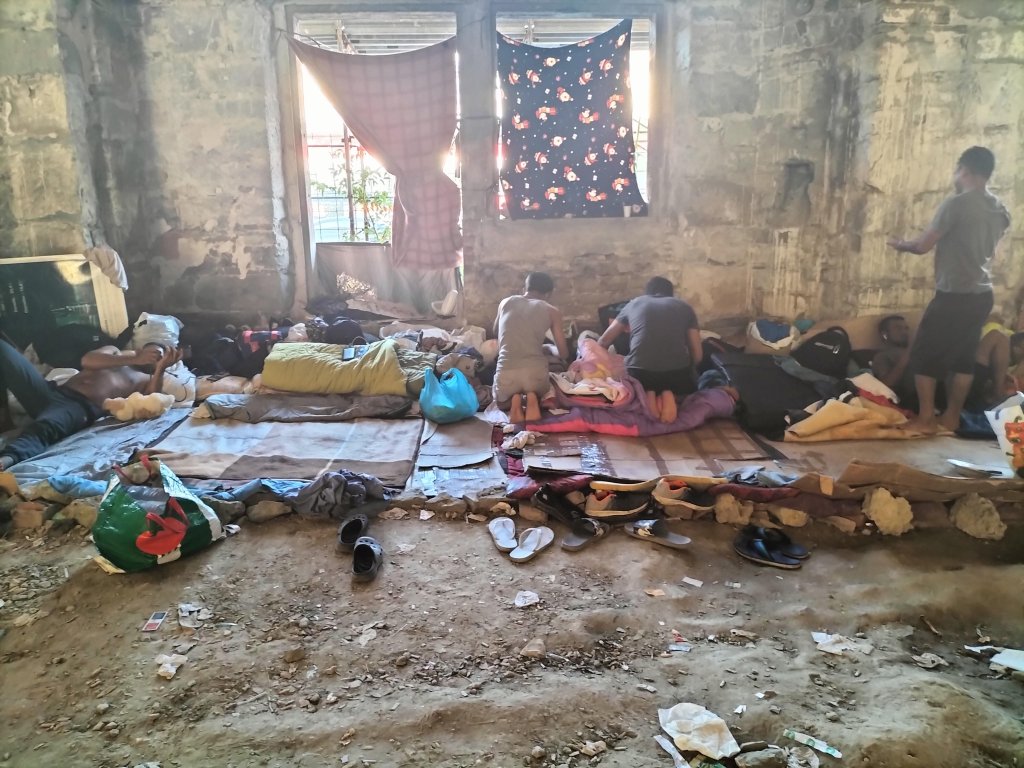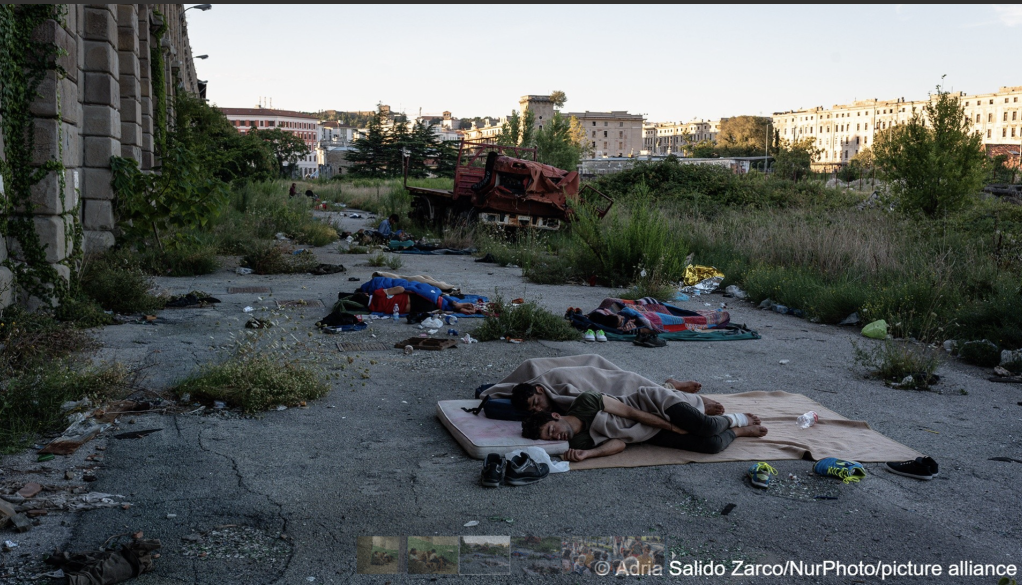In its latest monitoring report, the International Rescue Committee stated that 3,000 unaccompanied children arrived in Trieste via the Balkan Route last year. Nearly all were boys fleeing the humanitarian crisis in Afghanistan.
A report from a humanitarian organization has revealed that the number of unaccompanied children arriving in Trieste, northeastern Italy, doubled in 2023, raising alarm among officials and communities.
The International Rescue Committee (IRC) stated in their latest monitoring report that 3,000 unaccompanied children arrived in Trieste via the Balkan Route last year. The number of unaccompanied children accounted for nearly 20 percent of all individuals assisted by IRC and their partners.
Nearly all (94 percent) of the minors traveling alone were Afghan nationals seeking protection. The others were from Pakistan and Turkey. Only a small number intended to seek asylum in Trieste, according to IRC. The majority saw Trieste as a transit spot before moving to other countries such as Germany, France, and Belgium to file their asylum claim.
The organization also raised the alarm on the perils and continued violence that the minors faced along their journey compounded by deplorable living conditions once arriving in Trieste.
Read more: 391 migrants 'abandoned' in Italy's Trieste, say associations
A young generation of Afghans
Speaking to InfoMigrants, Alessandro Papes, IRC’s Area Manager in Trieste, said that on average the IRC encountered eight children traveling alone per day.
"Unaccompanied children in Europe, often affected by conflict in their home countries, continue to experience ongoing risks of severe violence on the road and in the countries where they hoped to find safety," said Papes, enumerating risks that include pushbacks, child labor, and sexual exploitation.

In 2023, IRC supported almost 3,000 boys forced to flee by the unfolding humanitarian crisis in Afghanistan since the takeover of the Taliban.
"Most unaccompanied children we meet daily are between 15 and 17 years old, but it is not uncommon to encounter children as young as 12 traveling alone," said Papes.
"They are usually malnourished, injured. They often haven’t had a chance to shower for weeks. Many suffer from insomnia, headaches, and sometimes drug dependence. In Trieste, one of the most pressing issues for children is the lack of access to emergency temporary accommodation," he said.

Media reports have documented how hundreds of Syrian and Afghan asylum seekers are living in a dilapidated storage structure near the Trieste train station, unable to find a place in overcrowded migrant shelters. The reports say people live among rats on dirty floors and without access to sanitary facilities. Many of these individuals reportedly arrived in Trieste via the Balkan route and have been unable to find a place in the overcrowded migrant shelter system.
This abandoned building has become known as Trieste's "Silo of Shame."
The Italian Ministry of Interior did not reply to InfoMigrants' request for a statement on the conditions faced by unaccompanied migrants in Trieste.
Read more: Migrants abandoned in Trieste's 'Silo of Shame'
Highest level of humanitarian need in the world
According to the IRC’s latest Watchlist, Afghanistan continues to face some of the highest levels of humanitarian need in the world. An overwhelming 23.3 million people -- equivalent to over half of the population -- need assistance.
The economic unraveling followed the collapse of the Republic and the Islamic Emirate of Afghanistan (IEA), or the Taliban, taking power. Apart from imposing social controls that limit the rights of women and girls to get an education and engage in public life, the IEA cut spending on social services by 81 percent and blocked international development funding.
The UN Refugee Agency (UNHCR) estimates that more than 1.6 million Afghans have fled the country since 2021. The total number of Afghans in neighboring countries is estimated to be roughly 8.2 million, making it one of the largest protracted refugee situations in the world.
IRC's Papes also pointed out that regional neighbors are increasingly forcing Afghan refugees who had sought refuge there to return home.
"With crises in many other countries deteriorating rapidly, it continues to have a detrimental impact on the survival of many Afghan citizens, including children," said Papes
Multiple and simultaneous upheavals
With multiple and simultaneous upheavals such as the Taliban takeover and the ongoing war in Ukraine driving countless people from their homes in search of safety, migration and asylum continue to be highly polarizing issues across the European bloc.
In a bid to manage asylum, the European Commission approved a new EU Asylum and Migration Pact last April to create a comprehensive and unified approach to managing migration across the EU. The agreement aims to balance the disproportionate number of arrivals received by Europe’s external borders.
Key components of the Migration Pact include faster asylum procedures, improved border management, and enhanced cooperation with non-EU countries to manage migration flows and address root causes of migration.
"As Italy and the EU move toward implementing the EU Pact on Migration and Asylum, they should lead by example by safeguarding the rights of children and ensuring unobstructed access to asylum," said Papes.
Specifically in Trieste, the IRC has been advocating for the establishment of an emergency overnight shelter for unaccompanied children and child-friendly spaces.

"We need children to feel protected and properly supported with first aid, tailored legal and mental health support," Papes concluded.
A recent international investigation by Lost in Europe revealed that nearly 47 children, on average, have vanished each day after arriving in Europe over the past three years. The whereabouts of an estimated 50,000 children are unknown.
Read more: The new EU Asylum and Migration Pact -- questions answered
